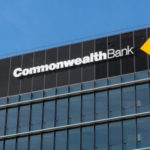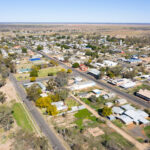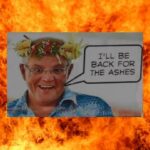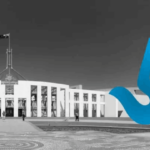Gathering “for a Common Purpose”: Fuller’s New Anti-Protest Tactic
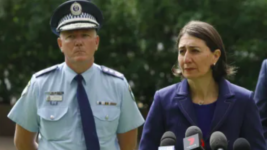
After NSW police ordered those gathered at the 28 July Black Lives Matter rally to disburse from Sydney’s Domain or face arrest, a number of protesters converged momentarily on the side of the road out the front of the NSW Land Registry building.
However, officers soon showed up at the intersection where Prince Albert Road meets College Street and ordered those standing there to again leave the area or else, they’d be taken into custody.
At that point, Green Left editor Pip Hinman crossed over the road to Hyde Park North and began making her way down to the entrance of St James Station, as she continued to be tailed by a group of officers.
And on spotting some police talking to rally organiser Paul Silva out the front of the park café, Hinman stopped to see what was going on. And even though she was standing by herself, the journalist was promptly ordered to move on by police.
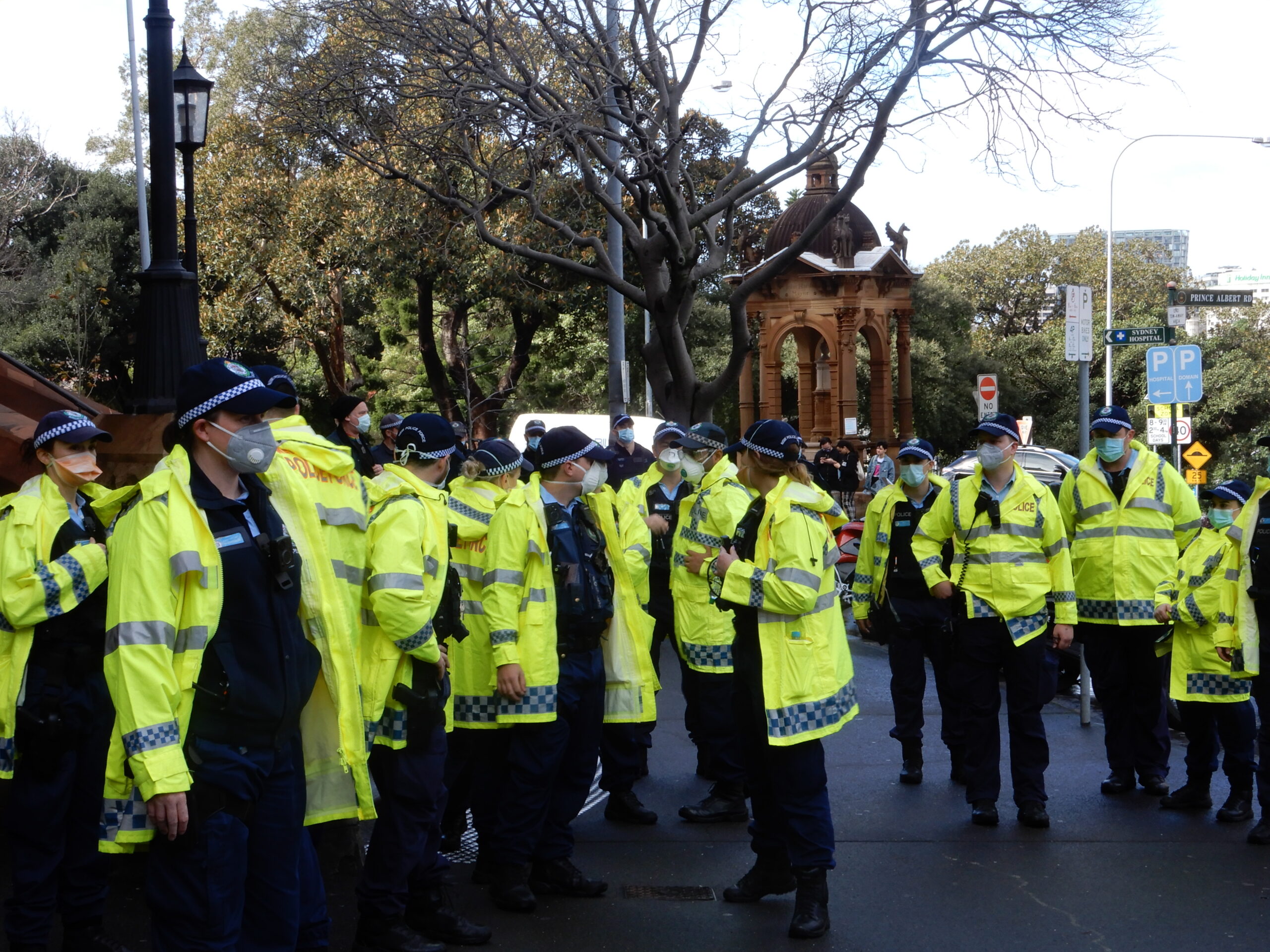
A very broad reach
“I stopped to see what was going to happen at the café,” Ms Hinman recalled. “That’s when these cops behind kept pushing me. I said, ‘Look, I’m in Hyde Park. I’m nowhere near the Domain’ – the restricted area.”
“Then this young cop came up and said, ‘You are here for a common purpose. The common purpose has been deemed illegal, therefore, if you don’t move on, we’ll arrest you,’” Hinman told Sydney Criminal Lawyers.
A senior officer then moved forward suggesting the younger one back off. Hinman emphasised that although there were others around her, she was alone and not even close to the group at the café. She added that the police seemed to be suggesting that the whole of the CBD constituted a no-go area for protesters.
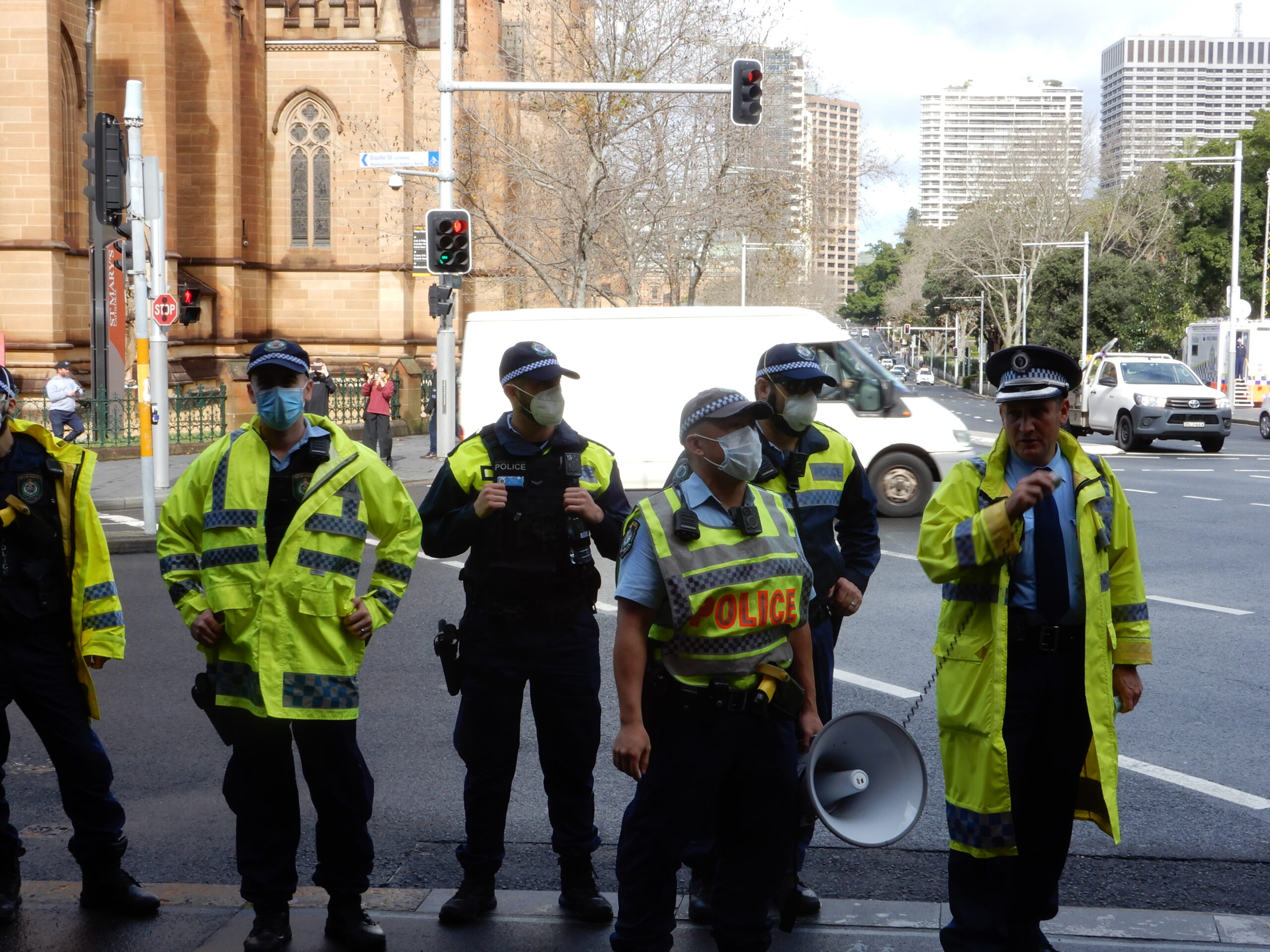
Some very convenient wording
Coming into effect on 30 June, Public Health (COVID-19 Restrictions on Gathering and Movement) Order (No 4) 2020 defines a public gathering as “a meeting or assembly of persons for a common purpose, including an organised or planned event, in a public place (whether ticketed or not)”.
Section 18 of the order stipulates that public gatherings of more than 20 people are prohibited.
This definition of a public gathering first appeared in the third COVID-19 public health order, which the government issued on 29 May. At that time, it applied to groups of more than 10 people.
And NSW police is currently enforcing this law in regard to protests, so that it means groups of more than 20 people can’t gather “for a common purpose”, regardless of whether they’re socially distanced, forming cohesive groups of more than 20 standing together or wearing face masks.
This was further evidenced last Friday at a No Job Cuts rally held at Sydney University, as around 35 officers were sent in to break up the protest of no more than 50 demonstrators, who were socially distanced, most were wearing masks, and none were standing in groups of more than 20.
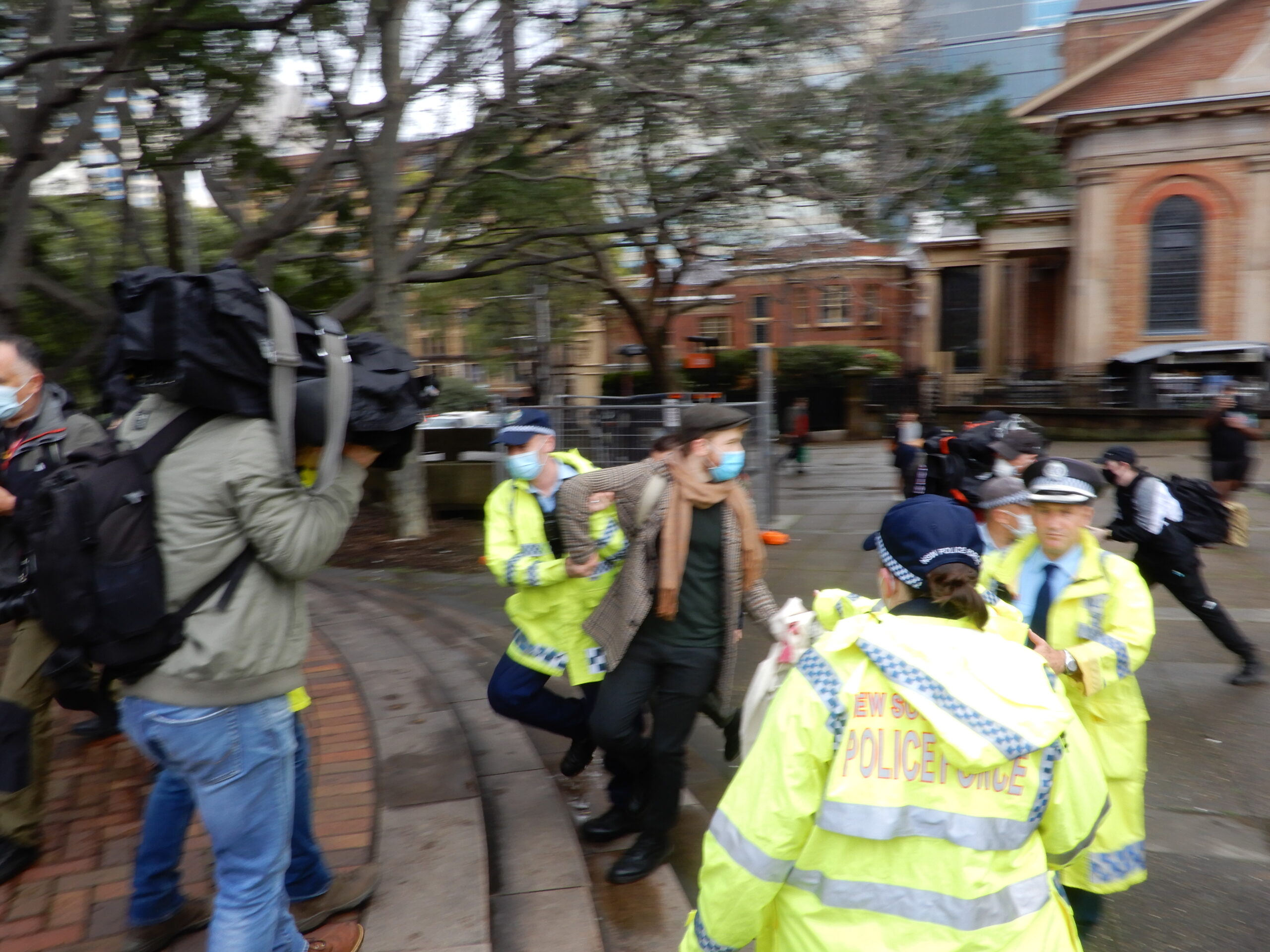
Double standards
Over the weekend, a number of Sydneysiders posted photos and messages on social media pointing out that markets or events that they’d been attending, involved more than 20 people grouped together in one area, with very few wearing masks.
And as Hinman mentioned, a friend of hers tweeted about a weekend NRL match that involved around 6,000 spectators with no one arrested, whereas around 100 attended last Tuesday’s Black Lives Matter rally in the Domain, with six arrested.




